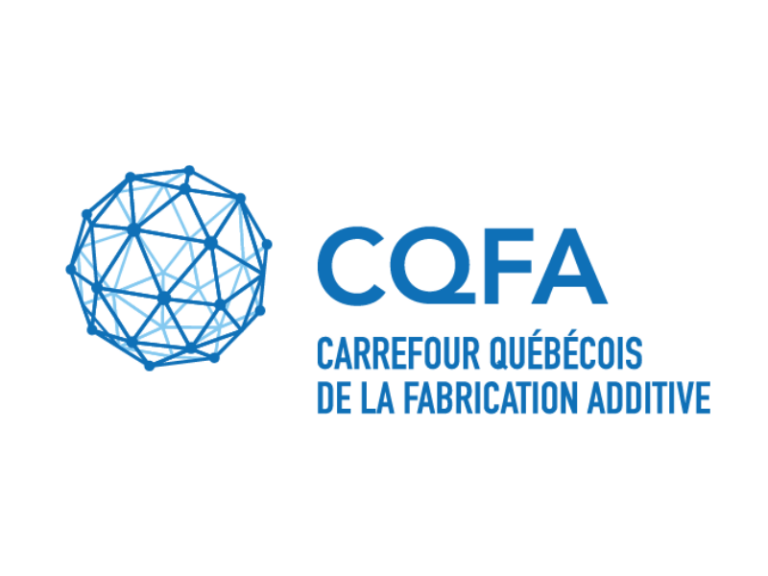
2023/02/08
Influence of Post-Processing Conditions on the Microstructure, Static, and Fatigue Resistance of Laser Powder Bed Fused Ti-6Al-4V Components
Herrera Jimenez, E.; Kreitcberg, A.; Moquin, E.; Brailovski, V. (2022). Influence of Post-Processing Conditions on the Microstructure, Static, and Fatigue Resistance of Laser Powder Bed Fused Ti-6Al-4V Components. J. Manuf. Mater. Process.2022, 6(4), 85.
The microstructure, static, and fatigue mechanical properties of laser powder bed fused (LPBF) Ti-6Al-4V components subjected to three different post-processing treatments (PTs) are compared. The first treatment includes stress relief (SR) and beta-phase annealing (BA) heat treatments, the second one includes SR, beta-solution (BST) and over aging (OA) heat treatments, and the third procedure is a combination of hot isostatic pressing (HIP) and BST + OA. It was demonstrated that the three PTs led to the decomposition of α’ martensite inherited from the LPBF process and the formation of variable α + β structures. A microstructural analysis was performed after treatment. To compare the impact of these PTs on the mechanical properties of LPBF components, they were subjected to static and fatigue tensile testing at room temperature. The best combination of mechanical properties (yield strength ~920 MPa, ultimate strength ~1000 MPa, elongation to break ~22.5%, and fatigue strength ~600 MPa, 107 cycles) was obtained in the case of SR + BA specimens. These results demonstrate that an adequate thermal treatment, such as SR + BA, of the LPBF Ti64 components, could be a valuable and less expensive alternative to the established HIP + BST + OA treatment procedure when fatigue life is the main concern.